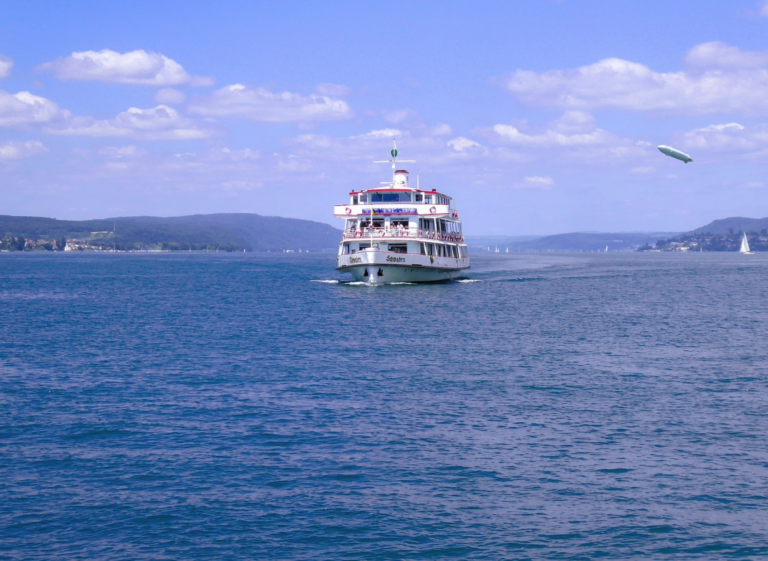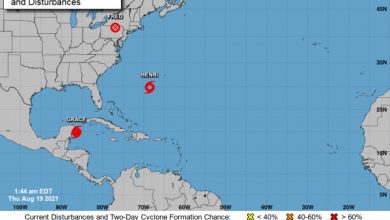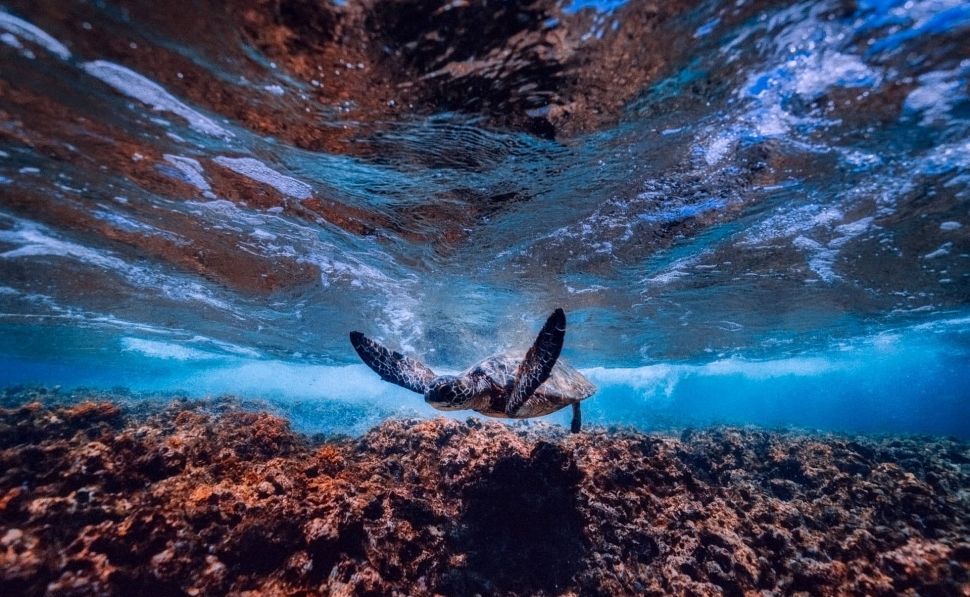
The first commercial fuel-cell ferry in the world, Water-Go-Round, will use hydrogen fuel-cells provided by Ontario, Canada-based Hydrogenics to generate power.
With a targeted launch date of 2019, the company behind the ferry, Golden Gate Zero Emission Marine (GGZEM) says the vessel will be “a demonstration to the commercial and regulatory community at large” and its performance will be monitored by Sandia National Laboratories, one of the US Government’s National Nuclear Security Administration research and administration labs. The project was awarded a $3 million grant by the California Air Resources Board (CARB) in June 2018.
According to passengership.info, the 21 m aluminium catamaran will have a capacity of 84 passengers and was designed by Incat Crowther; it will be built by San Francisco-based Bay Ship and Yacht. The vessel has a top speed of 22 knots and will be powered by 360 kW-worth of Hydrogenics fuel cells, alongside lithium-ion battery packs. It will carry a 264 kg tank array of 250-bar compressed hydrogen, allowing for up to two full days of operation. Propulsion will come from two 300 kW shaft motors, while 100 kWh batteries in the vessels hulls will boost power to achieve full speed.
Following its launch, Water-Go-Round will undergo a three-month study period in San Francisco Bay, during which time Sandia National Laboratories will gather and assess performance data. CARB will use this data to assess the suitability of the technology for wider marine use.
A hydrogen-battery hybrid system was chosen over a purely electric system as it affords greater flexibility, with Water-Go-Round’s website describing hydrogen fuel cell technology as “the best zero emissions technology for commercial maritime operators to maintain operational flexibility, commercial viability and regulatory compliance”. Other benefits of fuel cells include their lack of moving parts, resulting in near-silent operation, and scalability, meaning that fuel cells can be “stacked” and combined into larger systems.
GGZEM was launched in 2017 and bills itself as a provider of clean and quiet marine power systems that “comply with all current and future environmental regulations, meet rising customer demand for sustainable systems, and reduce total cost of vessel ownership”




